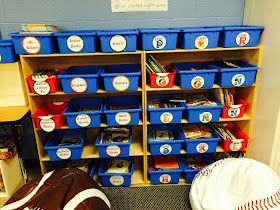Comprehension is a very important skill for students to master in order to become proficient readers. As a teacher in a school with a high population of ESL learners I have found that comprehension can be a difficult skill to master. Students learn comprehension through strategies, and the most basic comprehension strategy that students need to learn during the first few weeks of school is the five finger retell.
Using the five finger retell students learn the order of a retelling as well as what elements from the story should be included. A basic retelling should include:
- Characters
- Setting
- Problem
- Important Events
- Solution
As the year progresses students in the upper grades as well as higher level readers in the lower elementary grades should be going deeper with their retell by including details such as character attributes and motivations. They should also be able to pull out big ideas such as morals or themes from the story.
For more information and a full lesson plan that can be used with any text click on the pictures.
What strategies have you used to increase student comprehension in your classroom?
-Carly
I hope you have found this blog post helpful. To stay connected with Carly and Adam's teaching tips and classroom freebies be sure to follow us on Facebook, Pinterest, Teachers Pay Teachers, and subscribe to our blog!







































